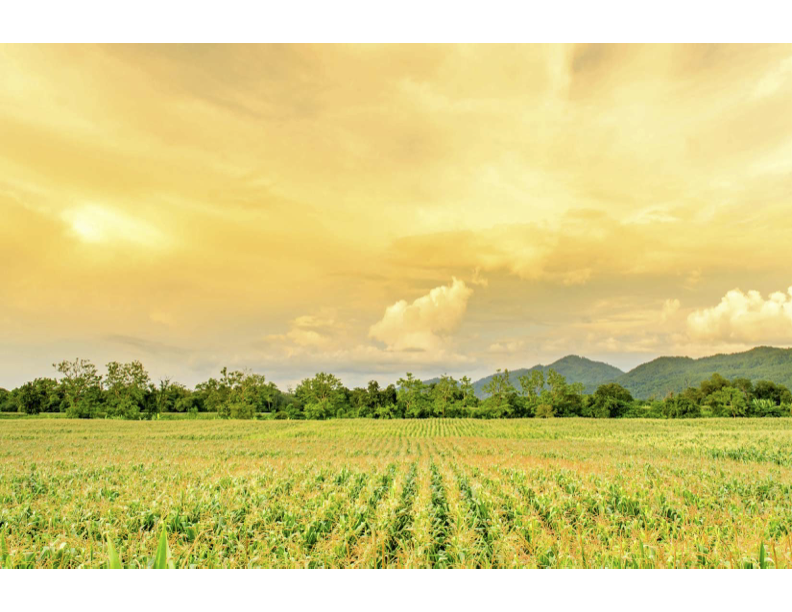The farm-to-table movement is evolving. It’s no longer enough for restaurants to just source locally. Today, more chefs and restaurant owners are going deeper: choosing farms that prioritize soil health and biodiversity. They’re making sourcing decisions not just based on flavor, but on the long-term health of the land itself.
This shift is happening because chefs understand that truly great food starts with truly healthy soil. When farms focus on rebuilding soil — through regenerative practices like crop rotation, cover cropping, composting, and managed grazing — they create ecosystems that are richer, more resilient, and better for the planet. Healthier soil captures more carbon, holds more water, and supports a greater diversity of plants and wildlife.
Biodiversity isn’t just a feel-good concept; it translates directly to the plate. Crops grown in biologically rich environments are often more flavorful and nutrient-dense. Livestock raised on diverse pastures are healthier and produce better meat and dairy. Diners notice the difference, and restaurants are using that edge to stand out in a crowded market.
Many leading restaurants are forging direct relationships with regenerative farms. They’re visiting fields, walking the land, and learning firsthand about soil practices. Some even co-invest in farms, securing long-term supply chains while supporting the farmers’ shift to more sustainable methods.
Restaurants are also using their platforms to educate customers. Menus increasingly highlight farm names, note regenerative practices, and tell the story behind each ingredient. It’s not about marketing buzzwords; it’s about transparency and impact.
The trend isn’t limited to high-end restaurants, either. Fast-casual chains, bakeries, and neighborhood cafes are getting in on it. Some are sourcing regeneratively grown grains for bread and pastries. Others are featuring pasture-raised meats from farms that practice rotational grazing.
Ultimately, sourcing with soil health and biodiversity in mind isn’t just good ethics. It’s smart business. It builds stronger supply chains, creates better food, and aligns with a growing public demand for sustainability that’s real, not performative.
The next time you see a menu that talks about regenerative agriculture or biodiversity, know that it’s more than a trend. It’s part of a deeper shift in how we grow, cook, and enjoy food — a shift toward a system that nourishes both people and the planet.

